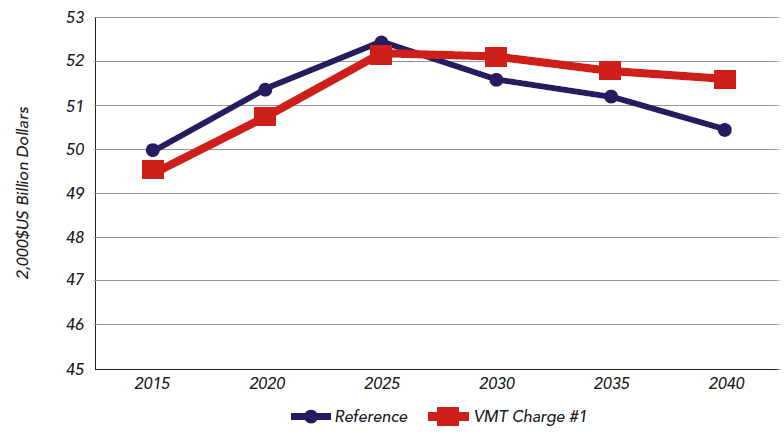For more than 150 years, spark plugs have powered internal combustion engines. Automakers are now one step closer to being able to replace this long-standing technology with laser igniters, which will enable cleaner, more efficient, and more economical vehicles.
For more than 150 years, spark plugs have powered internal combustion engines. Automakers are now one step closer to being able to replace this long-standing technology with laser igniters, which will enable cleaner, more efficient, and more economical vehicles.
In the past, lasers strong enough to ignite an engine’s air-fuel mixtures were too large to fit in a vehicle’s engine compartment. At this year's Conference on Lasers and Electro Optics (CLEO: 2011) - %$Linker:External 0 0 0 oLinkExternal www.cleoconference.org Cleo Confernece false http://cleoconference.org/ false false %> - being held in Baltimore, USA from 1-6 May, researchers from Japan will describe the first multibeam laser system small enough to screw into an engine's cylinder head.
Equally significant, the new laser system is made from ceramics, and could be produced inexpensively in large volumes, according to one of the presentation's authors, Takunori Taira of Japan's National Institutes of Natural Sciences.
According to Taira, conventional spark plugs pose a barrier to improving fuel economy and reducing emissions of nitrogen oxides (NOx), a key component of smog. If engines ran leaner – burnt more air and less fuel – they would produce significantly smaller NOx emissions.
Spark plugs can ignite leaner fuel mixtures, but only by increasing spark energy. Unfortunately, these high voltages erode spark plug electrodes so fast, the solution is not economical. By contrast, lasers, which ignite the air-fuel mixture with concentrated optical energy, have no electrodes and are not affected.
Lasers also improve efficiency. Conventional spark plugs sit on top of the cylinder and only ignite the air-fuel mixture close to them. The relatively cold metal of nearby electrodes and cylinder walls absorbs heat from the explosion, quenching the flame front just as it starts to expand.
Lasers, Taira explains, can focus their beams directly into the centre of the mixture. Without quenching, the flame front expands more symmetrically and up to three times faster than those produced by spark plugs.
Equally important, he says, lasers inject their energy within nanoseconds, compared with milliseconds for spark plugs. “Timing – quick combustion – is very important. The more precise the timing, the more efficient the combustion and the better the fuel economy,” he says.
Lasers promise less pollution and greater fuel efficiency, but making small, powerful lasers has, until now, proven hard. Taira’s team built its laser from two yttrium-aluminum-gallium (YAG) segments, one doped with neodymium, the other with chromium. They bonded the two sections together to form a powerful laser only 9 millimeters in diameter and 11 millimeters long (a bit less than half an inch).
The composite generates two laser beams that can ignite fuel in two separate locations at the same time. This would produce a flame wall that grows faster and more uniformly than one lit by a single laser.
The laser is not strong enough to light the leanest fuel mixtures with a single pulse. By using several 800-picosecond-long pulses, however, they can inject enough energy to ignite the mixture completely.
A commercial automotive engine will require 60 Hz (or pulse trains per second), Taira says. He has already tested the new dual-beam laser at 100 Hz. The team is also at work on a three-beam laser that will enable even faster and more uniform combustion.
The laser-ignition system, although highly promising, is not yet being installed into actual automobiles made in a factory. Taira’s team is, however, working with a large spark-plug company and with4306 Denso Corporation, a member of the 1686 Toyota Group. This work is supported by the Japan Science and Technical Agency (JST).
In the past, lasers strong enough to ignite an engine’s air-fuel mixtures were too large to fit in a vehicle’s engine compartment. At this year's Conference on Lasers and Electro Optics (CLEO: 2011) - %$Linker:
Equally significant, the new laser system is made from ceramics, and could be produced inexpensively in large volumes, according to one of the presentation's authors, Takunori Taira of Japan's National Institutes of Natural Sciences.
According to Taira, conventional spark plugs pose a barrier to improving fuel economy and reducing emissions of nitrogen oxides (NOx), a key component of smog. If engines ran leaner – burnt more air and less fuel – they would produce significantly smaller NOx emissions.
Spark plugs can ignite leaner fuel mixtures, but only by increasing spark energy. Unfortunately, these high voltages erode spark plug electrodes so fast, the solution is not economical. By contrast, lasers, which ignite the air-fuel mixture with concentrated optical energy, have no electrodes and are not affected.
Lasers also improve efficiency. Conventional spark plugs sit on top of the cylinder and only ignite the air-fuel mixture close to them. The relatively cold metal of nearby electrodes and cylinder walls absorbs heat from the explosion, quenching the flame front just as it starts to expand.
Lasers, Taira explains, can focus their beams directly into the centre of the mixture. Without quenching, the flame front expands more symmetrically and up to three times faster than those produced by spark plugs.
Equally important, he says, lasers inject their energy within nanoseconds, compared with milliseconds for spark plugs. “Timing – quick combustion – is very important. The more precise the timing, the more efficient the combustion and the better the fuel economy,” he says.
Lasers promise less pollution and greater fuel efficiency, but making small, powerful lasers has, until now, proven hard. Taira’s team built its laser from two yttrium-aluminum-gallium (YAG) segments, one doped with neodymium, the other with chromium. They bonded the two sections together to form a powerful laser only 9 millimeters in diameter and 11 millimeters long (a bit less than half an inch).
The composite generates two laser beams that can ignite fuel in two separate locations at the same time. This would produce a flame wall that grows faster and more uniformly than one lit by a single laser.
The laser is not strong enough to light the leanest fuel mixtures with a single pulse. By using several 800-picosecond-long pulses, however, they can inject enough energy to ignite the mixture completely.
A commercial automotive engine will require 60 Hz (or pulse trains per second), Taira says. He has already tested the new dual-beam laser at 100 Hz. The team is also at work on a three-beam laser that will enable even faster and more uniform combustion.
The laser-ignition system, although highly promising, is not yet being installed into actual automobiles made in a factory. Taira’s team is, however, working with a large spark-plug company and with








